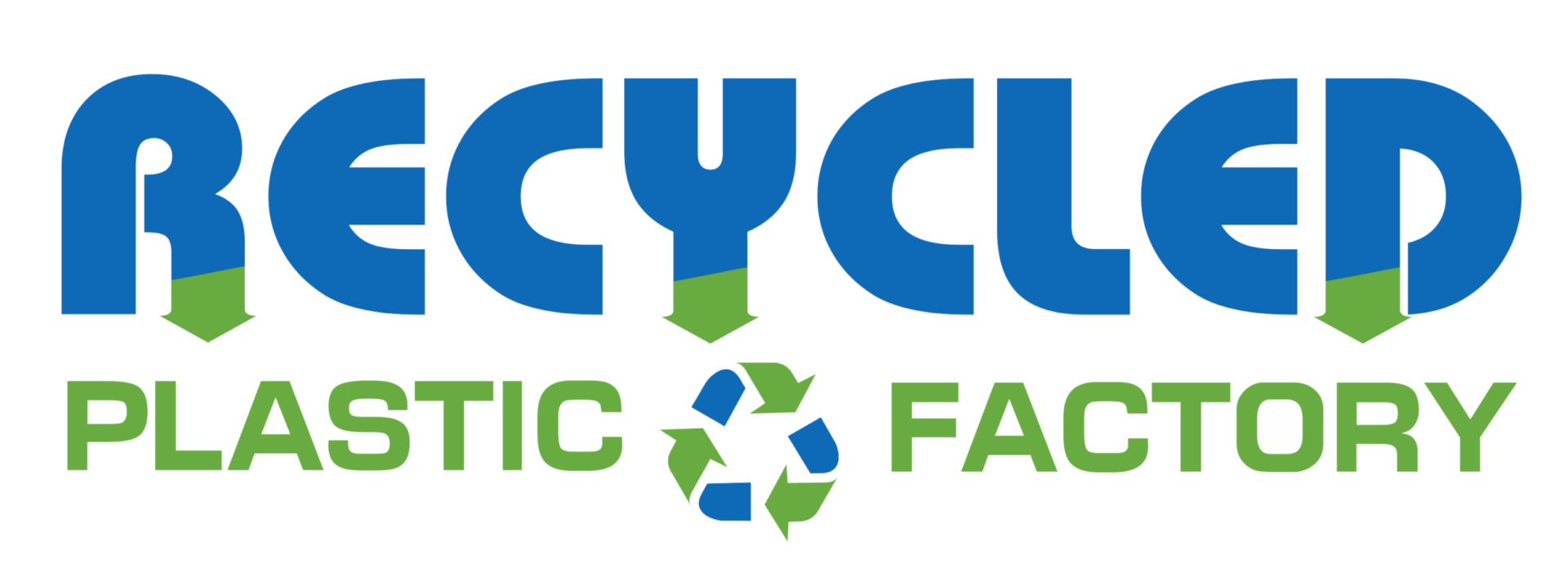Innovative Waste Recycling Techniques That Help Save Our Planet
As global populations and consumption rates rise, the importance of effective waste recycling has never been more critical. According to a report by the World Economic Forum, the world generates over 2 billion tons of waste each year, with only about 13% being recycled. Innovative waste recycling techniques not only mitigate environmental impact but also foster economic growth by creating sustainable jobs and using materials more efficiently.

Research from the Ellen MacArthur Foundation further emphasizes that transitioning to a circular economy could unlock $1 trillion in economic benefits annually. By implementing advanced recycling strategies, communities can significantly reduce landfill usage, lower greenhouse gas emissions, and preserve natural resources.
This article explores innovative waste recycling techniques that are shaping a greener future and offers practical tips on how individuals and businesses can contribute to this crucial effort.
Revolutionizing Recycling: The Role of AI in Waste Management
Artificial Intelligence (AI) is transforming waste management by introducing innovative solutions that enhance recycling processes. One of the key applications of AI in this sector is the use of machine learning algorithms to improve sorting efficiency. Traditional recycling methods often rely on manual labor, leading to errors and contamination in recycled materials. However, AI-powered sorting systems can identify and separate various types of waste with high precision, ensuring that recyclables are processed correctly and reducing the amount that ends up in landfills.
Moreover, AI can optimize the logistics of waste collection and processing. By analyzing data on waste generation patterns, AI systems can predict the best times and routes for collection, significantly reducing fuel consumption and operational costs. Additionally, predictive maintenance powered by AI can enhance the longevity of recycling equipment, minimizing downtime and maximizing productivity. As these technologies evolve, they hold the potential to create a more sustainable waste management system that not only boosts recycling rates but also contributes to a cleaner and healthier planet.
Innovative Waste Recycling Techniques That Help Save Our Planet
| Recycling Technique | Description | Environmental Impact | AI Integration |
|---|---|---|---|
| Mechanical Recycling | Process of reusing materials through physical means. | Reduces landfill waste significantly. | AI optimizes sorting and material recovery. |
| Chemical Recycling | Breaks down materials to their chemical components for reuse. | Greater recovery of complex plastics. | AI models predict effective processing methods. |
| Biological Recycling | Uses microorganisms to degrade materials. | Creates natural fertilizers, reducing chemical use. | AI monitors and enhances microbial efficiency. |
| Upcycling | Transforming waste into higher-value products. | Reduces demand for new raw materials. | AI assists in design and market analysis. |
| Digital Recycling | Recovering and recycling digital waste (e-waste). | Minimizes hazardous waste overall. | AI optimizes recycling logistics and processes. |
Smart Sorting: How Machine Learning Enhances Recycling Efficiency
The increasing challenges of waste management require innovative solutions to enhance recycling efficiency. One significant advancement in this area is the application of machine learning in smart sorting technologies. By utilizing algorithms that can identify and categorize items at a rapid pace, recycling facilities can dramatically reduce contamination rates and improve overall material recovery. According to a report by the Ellen MacArthur Foundation, effective material recovery can help divert over 60% of waste from landfills, notably increasing the sustainability of resource management.
Tips for optimizing your recycling process include keeping similar materials together to enhance sorting accuracy and reducing contamination by rinsing out food containers before disposal. Furthermore, embracing local recycling initiatives that employ machine learning can lead to a community-wide increase in recycling rates. It’s essential to stay informed about how technology can streamline these processes and take an active role in promoting better waste practices.
Machine learning technology not only streamlines the sorting process but also provides valuable data analytics that can foresee trends in material inputs and outputs. Facilities like those in Sweden are leveraging these insights to continually optimize their operations. By adopting smart sorting technologies, we can transform waste management from a challenge into an opportunity for sustainable development.
Biodegradable Innovations: Breaking Down Waste Naturally
Biodegradable innovations are at the forefront of environmental sustainability, offering practical solutions to combat plastic waste. One noteworthy advancement is the development of biodegradable biocomposite pots, which incorporate materials like sugarcane bagasse. This not only promotes sustainable agriculture but also facilitates the natural breakdown of waste, making it a promising alternative to traditional plastic pots. According to recent studies, using biocomposite materials can reduce landfill waste significantly, contributing to a circular economy in agriculture.
In the realm of packaging, scientists have pioneered methods to convert food waste into biodegradable plastics. This innovation presents a viable alternative to conventional petroleum-based plastics, aiming to alleviate packaging waste, which currently accounts for nearly 30% of the total waste generated globally. Furthermore, the introduction of completely compostable water bottles made from biopolymers exemplifies the move toward sustainable materials in everyday products.
Tips for Embracing Biodegradable Solutions:
- Opt for products made from biocomposites or bioplastics when possible to reduce your environmental footprint.
- Support brands that prioritize sustainability in their packaging and product design.
Closed-Loop Systems: A New Era for Sustainable Manufacturing
 Closed-loop systems represent a transformative approach in sustainable manufacturing, emphasizing the continuous use of materials and the minimization of waste. By designing processes wherebyproducts are reintegrated into the production cycle, manufacturers can significantly cut down on resource consumption and environmental impact. This innovative technique not only ensures that materials are repurposed but also reduces the need for new raw materials, fostering a more circular economy.
Closed-loop systems represent a transformative approach in sustainable manufacturing, emphasizing the continuous use of materials and the minimization of waste. By designing processes wherebyproducts are reintegrated into the production cycle, manufacturers can significantly cut down on resource consumption and environmental impact. This innovative technique not only ensures that materials are repurposed but also reduces the need for new raw materials, fostering a more circular economy.
In a closed-loop system, manufacturing processes are meticulously designed to capture and recycle waste materials from production, turning them into valuable inputs for new products. This iterative process not only enhances efficiency but also strengthens supply chains by reducing dependence on external resources. Companies embracing this model witness not only a reduction in operational costs but also an improvement in their sustainability credentials, meeting the growing consumer demand for environmentally friendly practices. By prioritizing closed-loop systems, industries can pave the way for cleaner production methods that actively contribute to the health of our planet.
Community-Driven Recycling: Engaging Citizens for a Greener Future
Community-driven recycling initiatives have the power to transform how citizens engage with waste management and contribute to a greener future. As exemplified by the recent discussions at the International Mayors' Forum, where Mayor Huang Hongsheng shared valuable insights on recycling practices from Jin Nan City, the involvement of local communities is crucial. By motivating residents to participate actively in recycling efforts, cities can streamline waste processing, reduce landfill burden, and foster a culture of sustainability.
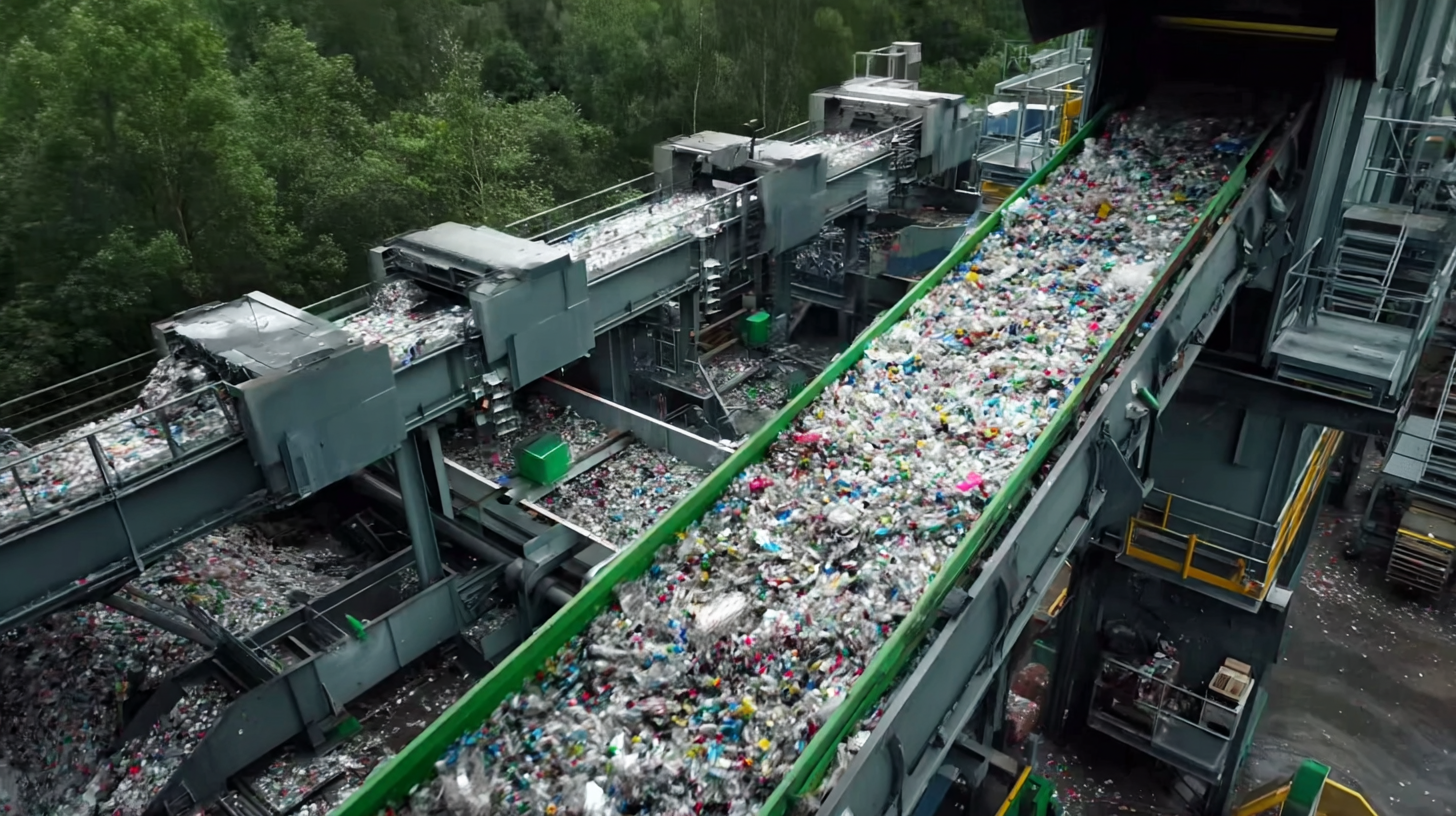
Tips for engaging your community in recycling initiatives:
- Organize Local Workshops: Host workshops to educate citizens about the importance of recycling and how to do it effectively. Providing hands-on training can increase participation and enhance awareness.
- Create Incentive Programs: Establish incentive structures, such as reward points or recognition for individuals and businesses that consistently engage in recycling. This can encourage more citizens to adopt eco-friendly practices.
- Utilize Social Media Platforms: Leverage social media to spread the word about recycling events and initiatives. Sharing success stories and tips for reducing waste can inspire others to join the movement.
By cultivating a community-driven approach, we not only bolster recycling rates but also empower citizens to take ownership of their environmental impact.
Related Posts
-
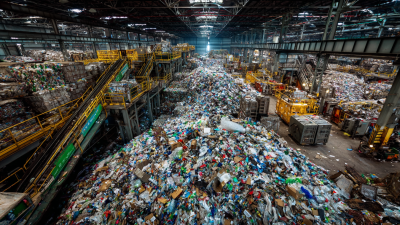
Revolutionizing Waste Recycling: Innovative Technologies Shaping a Sustainable Future
-
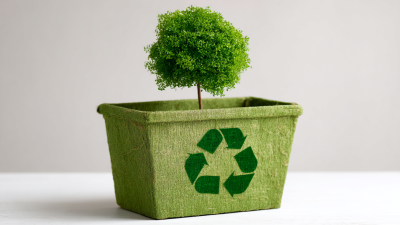
5 Incredible Tips to Effectively Recycle from Home for a Greener Planet
-
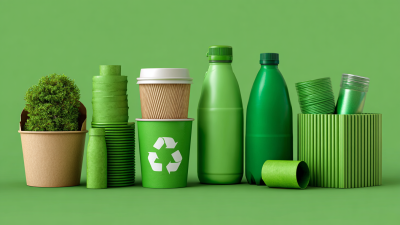
Understanding the Benefits of Green Recycling for a Sustainable Future
-

The Hidden Benefits of Choosing Recycled Wood for Sustainable Living
-
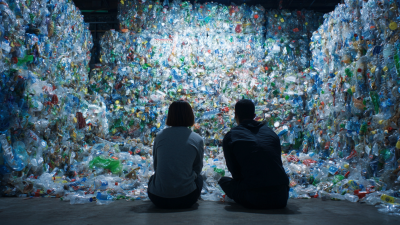
How to Achieve a Sustainable Future with Recycled Plastic Innovations
-

How to Transform Recycled Plastic Bottles into Sustainable Home Decor
